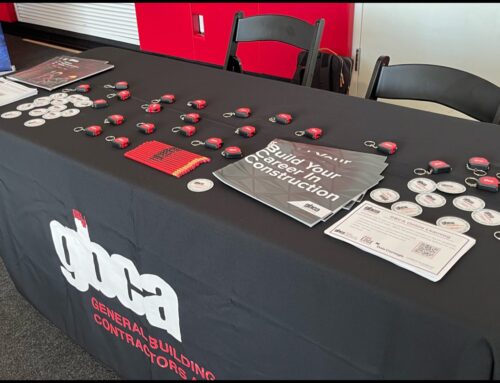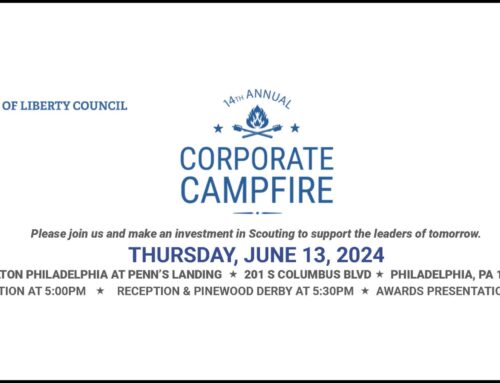This Fatal Facts Toolbox Talk was created in support of OSHA’s Focus Four Training Campaign. OSHA representatives, safety professionals from GBCA member companies, and union representatives from the Building Trades Council of Philadelphia, Pennsylvania & Vicinity met to develop these safety resources to share with the region’s construction industry.
FATAL FACTS describe cases that are representative of employers who failed to identify and correct hazardous working conditions, leading to fatalities at their worksites. This document offers ideas on how to identify and correct these hazards, and to educate workers about safe work practices.
Click below to download the Toolbox Talk as a handout (includes Sign-In Sheet).
Fatal Facts: Steel Column Collapse During Construction
Brief Description of Incident
An employee was working at a construction site helping to erect multiple steel columns which were part of a structural steel mezzanine addition. There were four employees who were erecting structural steel columns and beams on a concrete pad which would serve as the floor of the new mezzanine. The employees attached two 6 ft. columns at each end of a 27 ft. beam. The columns were then manually raised with the attached beam. The columns were free-standing with no anchorage into the concrete pad and no other means of supporting the columns and the attached beams. The employees were using their hands to rotate the columns into alignment. As the employees rotated one of the assemblies into position it fell forward and struck another employee in the upper back and head. The employee was killed as a result traumatic blunt force injuries.
The steel columns were not provided with a minimum of four anchor bolts, the columns were not braced to avoid displacement, and the employees were not utilizing head protection. The employer did not have a safety program and failed in providing employee training on hazards associated with erecting steel.
Likely Causes of Incident
The following are likely causal factors: major, unplanned, or unintended contributors of the incident. Eliminating causal factors would have either prevented the incident or reduced its
severity. It can also stop the potential frequency of similar incidents.
- Lack of planning. No safety program or ongoing safety training for employees.
- The design of the columns may not have been adequate, since they lacked anchor bolts or braces to avoid displacement. This could have been an issue with the fabricator.
- Lack of a competent person in the team for this task.
- Lack of PPE. Head protection should have been worn on site.
Incident Prevention
The following actions could have prevented this incident:
- Prior to construction, a pre-planning meeting with employees discussing materials handling could have identified potential problems such as design issues in the materials.
- Bracing should go into place so that materials will not fall and hit anybody.
- Using mechanical equipment to help lift heavy loads.
Hazard Prevention and Control
Remember the following to prevent and control the hazards that led to this incident:
- Train employees to identify potential struck-by hazards on the jobsite.
- Make a list of competent person tasks and identify and assign them accordingly.
- Create thorough pre-planning and written safety plans, such as Job Hazard Analysis (JHA) forms and checklists.
- Conduct regular safety huddles and provide toolbox talks.
- Employees should be wearing appropriate PPE on the jobsite.
Can you provide any additional insights or suggestions on how to identify or avoid the hazards in this incident?
- Discuss.
Toolbox Talk Safety Huddle Questions
Consider the following questions about the hazards and available resources on this jobsite:
- What other struck-by object hazards do you routinely address on your worksites?
- What training do you provide for your employees that pertains to these hazards?
- What types of prevention have you tried at your sites?
- What approaches have worked well in hazard control?
- Has anyone had any recent incident experiences? What went wrong? What was the corrective action?
- What type of training has been provided to your supervisors?
- Is there any tracking of their hazard identification and correction activities?
- Does anyone do plan reviews after the project has started? Do the general plans get modified for site specific activities?
Remember to record the attendees of your toolbox talk!
Access GBCA’s full library of toolbox talks:





